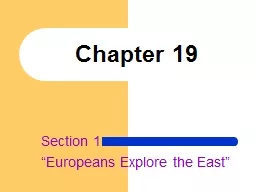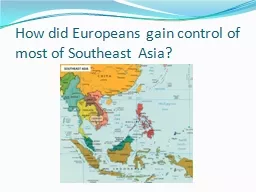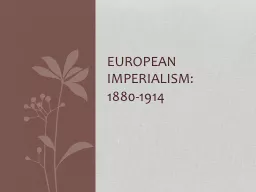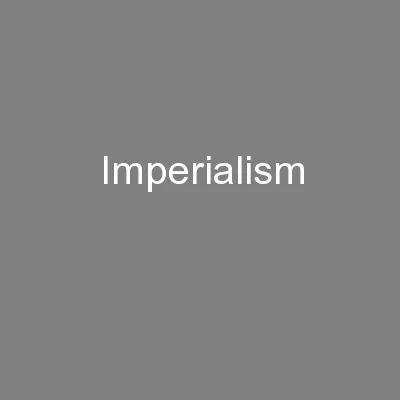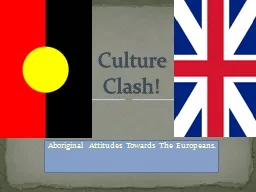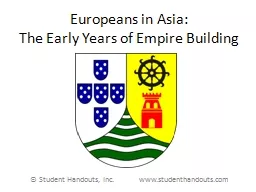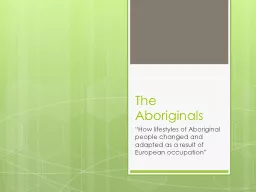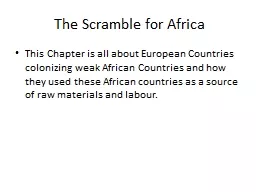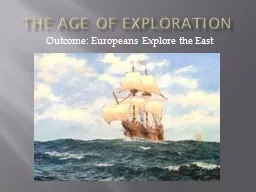PPT-Section 1 “Europeans Explore the East”
Author : marina-yarberry | Published Date : 2019-02-05
Chapter 19 For God Glory and Gold Europeans Seek New Trade Routes Main reason for exploration is to gain wealth Contact during Crusades spurs demand for Asian goods
Presentation Embed Code
Download Presentation
Download Presentation The PPT/PDF document "Section 1 “Europeans Explore the East�..." is the property of its rightful owner. Permission is granted to download and print the materials on this website for personal, non-commercial use only, and to display it on your personal computer provided you do not modify the materials and that you retain all copyright notices contained in the materials. By downloading content from our website, you accept the terms of this agreement.
Section 1 “Europeans Explore the East”: Transcript
Download Rules Of Document
"Section 1 “Europeans Explore the East”"The content belongs to its owner. You may download and print it for personal use, without modification, and keep all copyright notices. By downloading, you agree to these terms.
Related Documents

